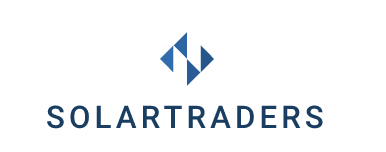The last few months have seen a number of changes and launches in the solar industry. Various trends also crystallized very strongly during this time. Particularly at the world’s largest solar PV trade fair, SNEC, in Shanghai, clear developments could be seen with regard to the uniform use of a specific cell size. Increasingly, leading manufacturers are installing cells with a size of 210mm x 210mm.
